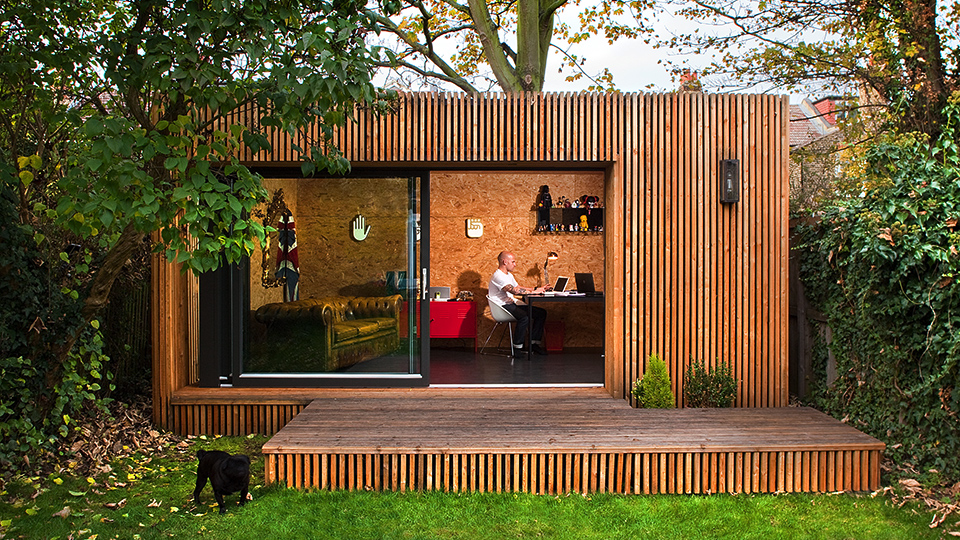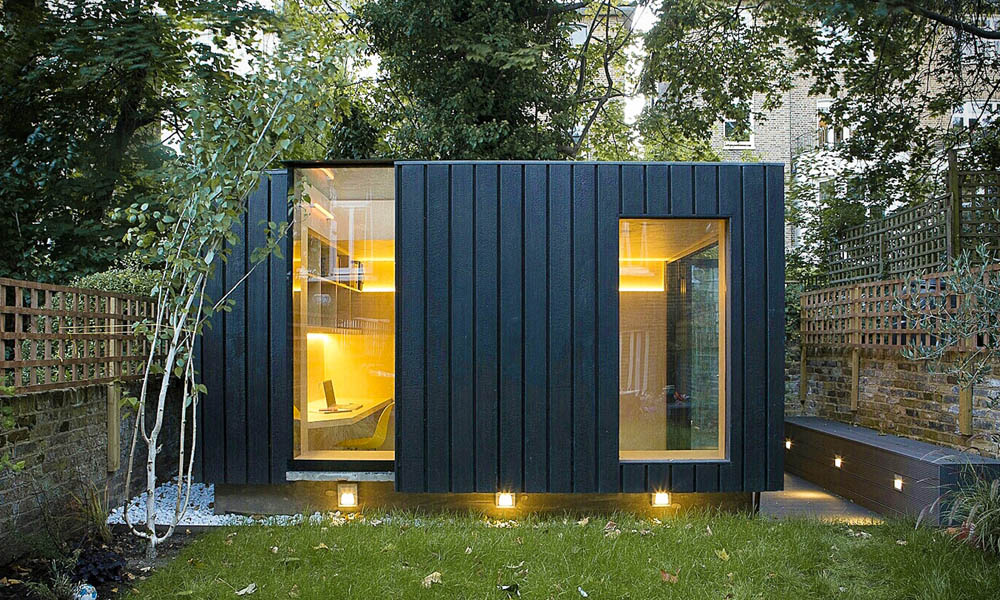Good Info On Planning Permission On Garden Conservatories
Wiki Article
What Kind Of Restrictions Do You Have On Garden Rooms Or Other Spaces.?
If you need permission to plan the construction of garden offices, conservatories and outhouses, or garden rooms is dependent on dimensions. Here are the size criteria that could require you to obtain planning permission.
Planning permission will be required for detached outbuildings in excess of 50 percent of the land space surrounding the house (excluding the footprint).
Height Restrictions
Single-story buildings: The maximum eaves can not exceed 2,5 meters. For roofs with two pitches, the maximum height must not exceed 4 meters.
The highest height for structures that are not more than 2 meters high is 2.5 meters.
Floor Area:
Even if planning approval is not required, structures with more than 30 square metres could require approval by the building regulations.
Proximity to boundaries:
If the structure is located less than 2 meters from the boundary, it is required to apply for permission for planning if the structure's height is more than 2.5 meters.
Building Usage
It's not a strict size restriction but the purpose for which you intend to use the garden space could affect the necessity for planning permission. If the intended use of the space is residential accommodation or commercial space, planning approval is likely to be required.
Permitted Development Rights:
Permitted Development Rights, which allow certain types of construction without a complete planning request, have limitations on the size and conditions. The rights can vary based on whether or not the property is within a conservation area.
Extensions and Conservatories:
In general the case of a single-story extension in the rear of a detached property the maximum depth is 4 meters and for semi-detached homes or terraced houses it's 3 meters. They can be extended up to 8 and 6 meters, respectively according to the Neighbour Consultation Scheme, subject to certain conditions.
The height limit for a rear extension with a single story is 4 metres.
Side Extenders
The maximum height of an extension sideways must not exceed 4 meters.
Volume Restrictions
In some areas, like conservation zones, or Areas of Outstanding Natural Beauty Any construction which exceeds 10% or expands its size by 50 cubic meter may require planning permission.
Front Extensions
Planning permission is usually required for extensions that extend beyond the original house's frontage facing the road.
Always consult the local planning authority to confirm any rules, as they could differ based on your local council and the particular conditions of your home. In addition, even if planning permission isn't required Building regulations approval may still be necessary to ensure structural integrity and safety reasons. Follow the best what size garden room can i build for site tips including how to lay decking on soil, garden rooms near me, what is a garden room, garden rooms in St Albans, garden room planning permission, outhouse buildings, copyright garden office, herts garden rooms, garden office hertfordshire, garden room permitted development and more.

What Planning Permissions Do You Need For Garden Rooms Etc In Terms Of Environmental Impact?
When planning to build conservatories, garden rooms, outhouses, garden offices or extensions, taking into account the impact on the environment is vital and could determine the need for permission for planning. Consider these key environmental factors:
Planning permission is needed when the structure is likely to have an impact on wildlife habitats like hedgerows and trees, or ponds. A study of the surroundings may be required to evaluate and reduce the impact on biodiversity.
Habitats and species that are protected
Planning permits are required for any site that is animals that are protected (e.g. bats, newts) or is within or near habitats of special scientific interest (SSSI). In order to protect them it is essential to implement specific steps.
Preservation Orders for Trees Preservation Orders
Planning permission may be required if the structure includes the removal or modification of trees covered under TPOs. The local council will assess the impacts, and could demand that replacement plants be planted or some other form of mitigation.
Risks of Flood Risk and Water Management:
Planning permission is required to build near the shoreline or in flood-prone areas. It could be necessary to perform a flood risk assessment in order to make sure that the structure isn't vulnerable to flooding and includes drainage solutions.
Sustainable Construction Practices
Sometimes, planning permission is required to permit the use and adoption of sustainable building materials and methods. This includes considerations for energy efficiency, insulation, as well as the carbon footprint of the building materials.
Surface Water Runoff and Drainage
Environmental considerations involve the impact of a building's construction on surface water runoff as well as drainage. The planning permission will ensure that the drainage system is functioning and will prevent flooding or logging.
Stability of Land and Soil:
The planning permission is needed when the construction will affect the soil quality or stability. This includes issues like soil erosion and subsidence on sloped areas.
Air Quality
Any development that could have an impact on the local air quality (such in the vicinity of industrial zones or major roads) Planning permission will be required. This ensures that the pollution levels are within acceptable limits and that mitigation techniques are in place.
Noise Pollution:
Planning permission is required if the use of a garden room or extension is likely to cause substantial noise, for example a music studio or workshop. The local authorities will evaluate the level of noise to assess the negative impact on neighbors and the surrounding environment.
Waste Management:
A proper waste management plan both during and following construction is essential. Planning permission ensures that the construction site has recycling facilities and waste disposal to minimize environmental impacts.
Energy Efficiency
Planning permission may involve the need to improve energy efficiency, for example the utilization of solar panels, high-performance glass, or other green technology. This reduces the impact of the building on the environment.
Environmental Regulations
Environmental regulations at both local and national level include the UK Environmental Protection Act. Planning approval guarantees that all requirements are met, in addition to the development being environmentally sustainable.
Summary: Planning permissions for gardenrooms, conservatories or outhouses, as well as garden extensions and offices should be determined by a range of environmental impact. Check with the local planning authority at the earliest possible point during the planning phase to ensure you understand the specific requirements. Have a look at the top do i need planning permission for a garden room for website tips including outhouses, armoured cable for garden room, outhouse for garden, copyright garden rooms, outhouse building, outhouse for garden, small garden office, garden outhouse, insulated garden rooms, ground screws vs concrete base and more.

Limitations On Location: What Authorizations Are You Required To Obtain For Garden Rooms And Other Structures?
Planning permission may be required for garden rooms, conservatories and outhouses. Here are some key criteria for location to consider.
If the building is located within two meters of the boundary line, it must not exceed a maximum height over 2.5 meters. If the height exceeds this limit the planning permission has to be sought.
Front of the property:
Planning permission is usually required for any structure that is that are built on the front of the house's main elevation (the side that faces the front) because allowed development rights don't permit for forward extensions.
Part of the Property:
If the extension extends past the current wall, it is likely to require planning permission.
The rear of the property:
The size and height of rear extensions and garden rooms at the rear of the property is limited. Planning permission may be required in the event that the extension or garden rooms exceed the allowed growth limits.
Designated Zones
In National Parks, World Heritage Sites and Areas of Outstanding Natural Beauty there are stricter regulations. Planning permits may be required for any new structure regardless of the size.
List of Buildings
Listing buildings are subjected to stringent regulations. Any modification, addition or addition will usually require planning permission and a listed building permit regardless of the location on the property.
Green Belt Land:
The construction of green belts is prohibited to protect open space. The construction of green belt land is restricted to keep open space.
Flood-prone areas:
Additional regulations could be in place when the property being inspected is located in an area that is susceptible to flooding. These regulations are designed to keep the construction of a building from causing more the risk of flooding. A flood risk assessment and planning permission might be required.
Urban vs. Rural Settings
Urban settings often have different rules than rural settings. Rural properties may be more relaxed about limitations, for example the size or placement of outbuildings.
Highways and Public Rights of Way
The structure may need planning permission to ensure that it doesn't block views, access or safety when it is located near roads, highways or other public rights-of-way.
Shared Ownership and Leasehold Land
For properties that are leasehold or part-time, or shared ownership schemes it is possible to seek additional permissions either from the managing entity or freeholder or planning permission according to the local laws.
Nearby to other structures:
If the new structure is planned to be constructed adjacent to existing buildings or structures especially those located on adjacent property, planning permission may be required to ensure that the structure does not have a negative impact on neighboring buildings or land.
Consult your local planning authority to get advice tailored to the location and circumstances of your home. Regulations may differ significantly according to local regulations and the need to ensure compliance with all relevant restrictions is essential to avoid legal problems and potential penalties. Check out the most popular how to lay decking on grass for site tips including garden rooms hertfordshire, my outhouse, copyright garden rooms, garden room planning permission, composite garden rooms, out house for garden, outhouse garden, outhouse buildings, garden out house, garden room planning permission and more.
